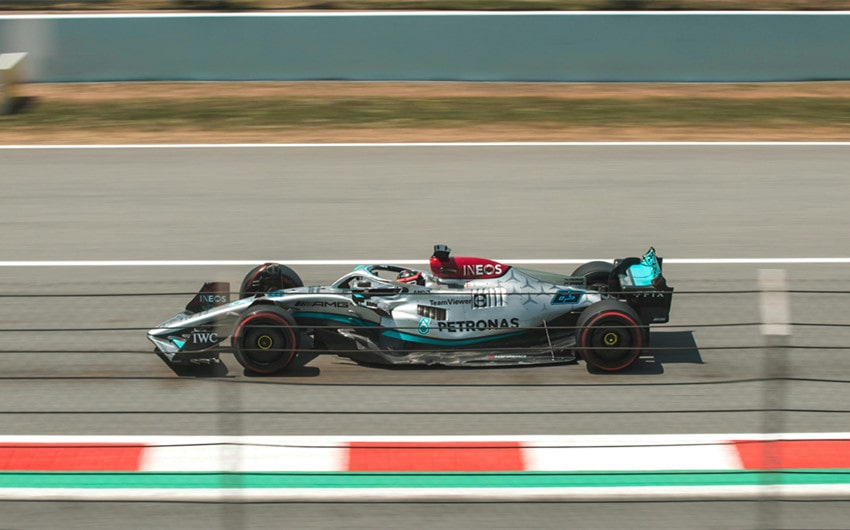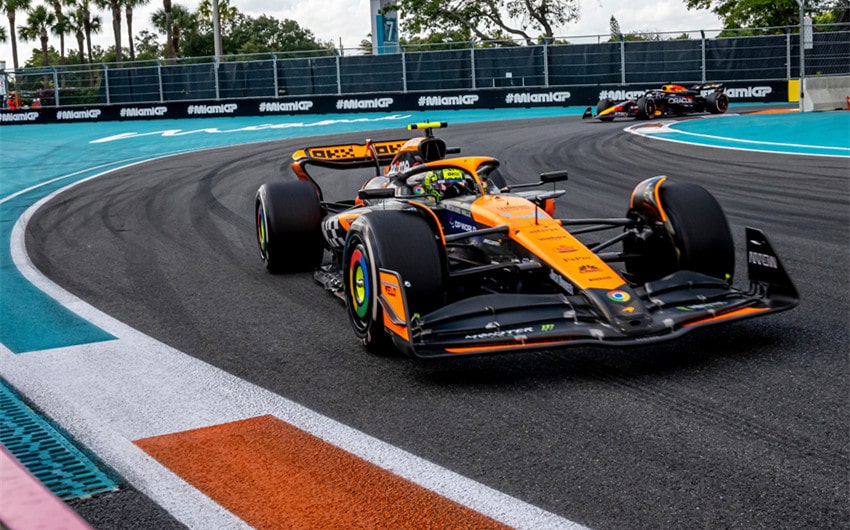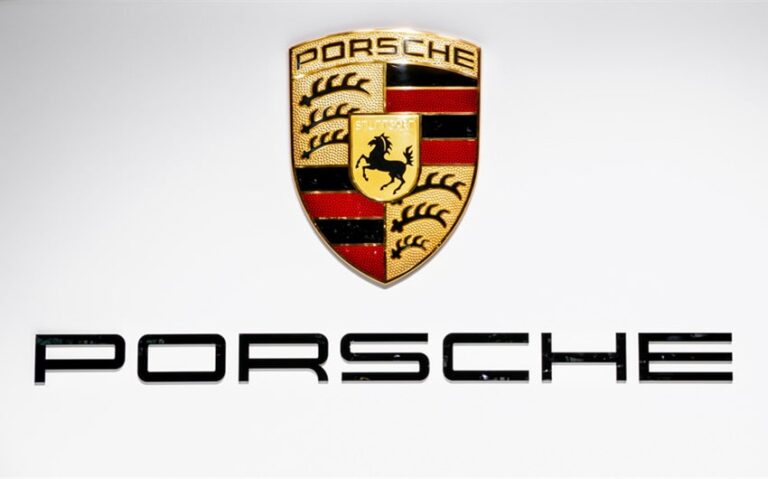How Fast Do F1 Cars Go? Uncover the Secrets of Their Speed
Formula 1 cars are the pinnacle of speed and engineering, captivating fans around the world with their breathtaking performances on the track. Whether you’re a die-hard F1 enthusiast or just curious, you’ve probably wondered at some point, “How fast do F1 cars go?”
It’s a question that speaks to the heart of what makes this sport so thrilling. In this article, we’ll dive into the incredible speeds these machines can reach, the factors that influence their performance, and what makes F1 cars the fastest vehicles in motorsport.
Top Speeds of F1 Cars

Formula 1 cars are renowned for their incredible speed, with each new season pushing the boundaries of what’s possible in automotive engineering. The top speeds of F1 cars are a key measure of their performance. In this section, we’ll explore the top speeds that F1 cars can reach, highlight some of the record-breaking performances in the sport’s history, and discuss how these speeds have evolved over time.
A. Maximum Speeds in Modern F1
In modern Formula 1, the top speeds that cars can achieve typically range between 200 to 230 mph (320 to 370 km/h), depending on the track layout and conditions. These speeds are reached on circuits with long straights, where drivers can fully unleash the power of their cars.
For example, the Monza circuit in Italy, known as the “Temple of Speed,” is famous for allowing cars to reach some of the highest speeds in F1 due to its long straights and minimal corners. At Monza, it’s not uncommon for cars to hit speeds of around 220 mph (354 km/h) during a race.
B. Speed Records in F1 History
Throughout the history of Formula 1, there have been numerous attempts to push the limits of speed. One of the most famous speed records was set by Valtteri Bottas in 2016 during the Mexican Grand Prix, where he recorded a top speed of 231.4 mph (372.5 km/h) during a practice session. This record highlighted just how fast modern F1 cars can go under the right conditions, and it remains one of the highest speeds ever recorded in the sport.
Another notable record was set by Juan Pablo Montoya during the 2004 Italian Grand Prix at Monza, where he reached a top speed of 231.0 mph (371.6 km/h). These records are not just milestones but are also a testament to the advancements in F1 technology over the years. Each record-breaking moment reflects the evolution of car design, engine performance, and aerodynamics that have allowed F1 cars to achieve such extraordinary speeds.
C. Evolution of Top Speeds Over Time
The top speeds of F1 cars have evolved significantly since the sport’s inception. In the early days of Formula 1, cars were much slower by today’s standards, with top speeds rarely exceeding 150 mph (240 km/h). However, as technology advanced, so too did the speed of the cars.
The introduction of turbocharged engines in the 1980s saw a significant increase in speed, with cars regularly reaching speeds of over 200 mph (320 km/h). This era was marked by fierce competition between teams to develop the most powerful engines, leading to some of the fastest speeds ever seen in F1.
Factors Influencing F1 Car Speed

The top speeds achieved by Formula 1 cars are the result of a complex interplay of various factors, each contributing to the car’s overall performance on the track. From the design of the car’s aerodynamics to the power of its engine and the characteristics of the tires, every aspect is meticulously engineered to maximize speed while ensuring safety. In this section, we’ll explore the key factors that influence how fast an F1 car can go, including aerodynamics, engine power, track design, and tire technology.
A. Aerodynamics
1. Downforce and Drag
Aerodynamics is one of the most critical factors in determining an F1 car’s speed. The car’s shape and design are optimized to reduce drag (the resistance the car faces as it moves through the air) while maximizing downforce (the force that pushes the car down onto the track).
Downforce is essential for keeping the car stable at high speeds, particularly in corners, as it increases the tires’ grip on the road. However, there’s a trade-off: increasing downforce often leads to higher drag, which can reduce top speed on straights. Teams carefully balance these two factors, adjusting the car’s aerodynamic setup depending on the specific demands of each track.
2. Aerodynamic Components
The aerodynamic efficiency of an F1 car is enhanced by several key components, including the front wing, rear wing, and floor diffuser. The front wing directs airflow around the car, minimizing turbulence and enhancing stability. The rear wing and diffuser work together to create downforce while reducing drag.
Additionally, the introduction of the Drag Reduction System (DRS) allows drivers to adjust the rear wing to reduce drag on straights, temporarily increasing top speed during overtaking maneuvers. The overall aerodynamic design is a result of extensive wind tunnel testing and computational fluid dynamics (CFD) simulations, ensuring that every element contributes to the car’s speed and handling.
B. Engine Power
1. Hybrid Power Units
The power unit is the heart of an F1 car, and its performance directly influences the car’s speed. Modern F1 cars are equipped with hybrid power units that combine a turbocharged internal combustion engine (ICE) with electric motor-generators. This combination allows the car to produce immense power—over 1000 horsepower in some cases—while also improving fuel efficiency and energy recovery.
The ICE generates the majority of the power, while the electric motors provide additional boost, particularly during acceleration. The energy recovery system (ERS) captures energy from braking and exhaust gases, which is then stored in a battery and deployed to enhance acceleration and top speed.
2. Turbocharging and Fuel Efficiency
Turbocharging plays a significant role in increasing engine power by forcing more air into the combustion chamber, allowing for a more powerful explosion and, consequently, greater speed. However, with the hybrid era’s focus on efficiency, teams must carefully manage fuel consumption and energy deployment.
This balance between power and efficiency is crucial in determining how fast the car can go over the course of a race, especially in fuel-limited scenarios.
3. Transmission and Gear Ratios
The transmission system, including the gearbox and gear ratios, also plays a critical role in determining the car’s speed. F1 cars use highly sophisticated, semi-automatic gearboxes that allow for rapid gear changes with minimal loss of power. The gear ratios are carefully selected based on the specific characteristics of each track.
For instance, shorter gear ratios might be used on tracks with many corners to maximize acceleration, while longer gear ratios are preferable on circuits with long straights to achieve higher top speeds. The seamless shifting technology in F1 cars ensures that there is no interruption in power delivery, allowing for smooth and continuous acceleration.
C. Track Design
1. Track Layout and Surface
The design of the track itself is a significant factor in how fast F1 cars can go. Tracks with long straights, such as Monza or Baku, allow cars to reach their maximum speeds, while tracks with more corners, like Monaco or Singapore, focus more on acceleration and handling.
The surface of the track also plays a role; smoother surfaces offer less rolling resistance, allowing for higher speeds, while rougher surfaces can slow the car down and increase tire wear. Additionally, elevation changes, camber angles, and the presence of high-speed corners can all impact the car’s speed and stability.
2. Weather Conditions
Weather conditions, including temperature, humidity, and wind, can significantly affect a car’s speed. Higher temperatures can lead to increased tire degradation and affect engine cooling, while lower temperatures may improve engine performance but reduce tire grip.
Wind direction and speed can also influence the car’s aerodynamics, either aiding or hindering the car’s progress depending on whether it creates a headwind or tailwind. Teams must constantly monitor weather conditions and adjust their car setup accordingly to maximize speed and performance under varying conditions.
D. Tire Technology
1. Tire Composition and Compound
Tires are the only part of the car that makes contact with the track, making their role in determining speed crucial. F1 tires are made from specially formulated rubber compounds that are designed to provide optimal grip, durability, and performance. The choice of tire compound—ranging from soft, medium, to hard—depends on the track conditions and the team’s strategy.
Softer compounds offer more grip and are faster over a single lap but wear out quickly, while harder compounds are more durable but provide less grip. Teams must choose the right tire compound to balance speed with longevity, depending on the specific demands of the race.
2. Tire Temperature and Pressure
The performance of an F1 car’s tires is heavily influenced by their temperature and pressure. Tires must be kept within a specific temperature range to provide maximum grip. If the tires are too cold, they won’t grip the track effectively; if they’re too hot, they’ll degrade faster, reducing performance.
Teams use tire warmers and closely monitor tire pressures to ensure optimal performance. The way tires are managed during the race—through pit stops, tire pressure adjustments, and driving style—can have a significant impact on the car’s overall speed and lap times.
3. Tire Wear and Degradation
Tire degradation is a critical factor in determining how fast an F1 car can go over the course of a race. As tires wear down, they lose grip, which can slow the car and make it harder to control. Managing tire wear is essential for maintaining speed and ensuring the car remains competitive throughout the race.
Teams must develop strategies to minimize tire wear, such as adjusting the car’s setup or altering the driving style. Effective tire management can often be the difference between winning and losing a race, particularly in the later stages when tire performance becomes more crucial.





